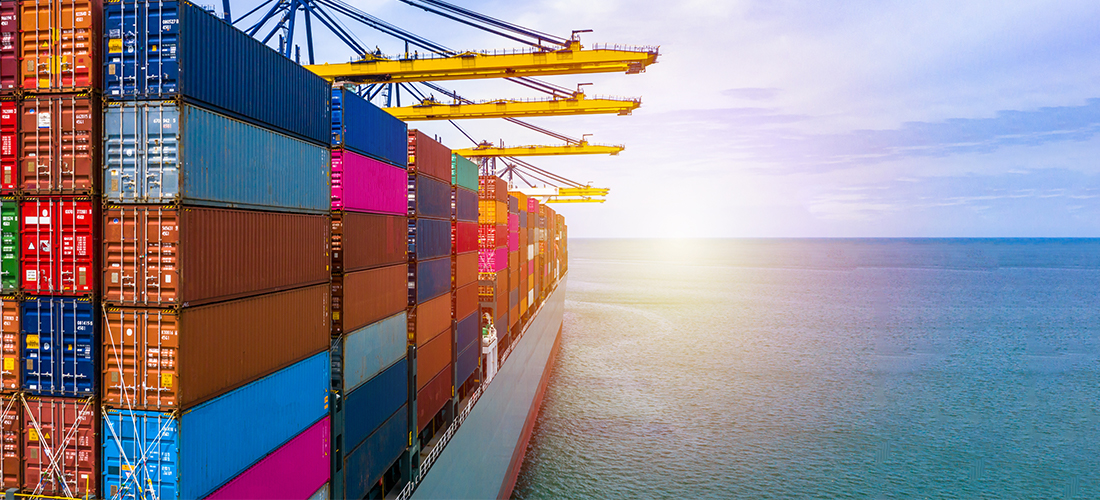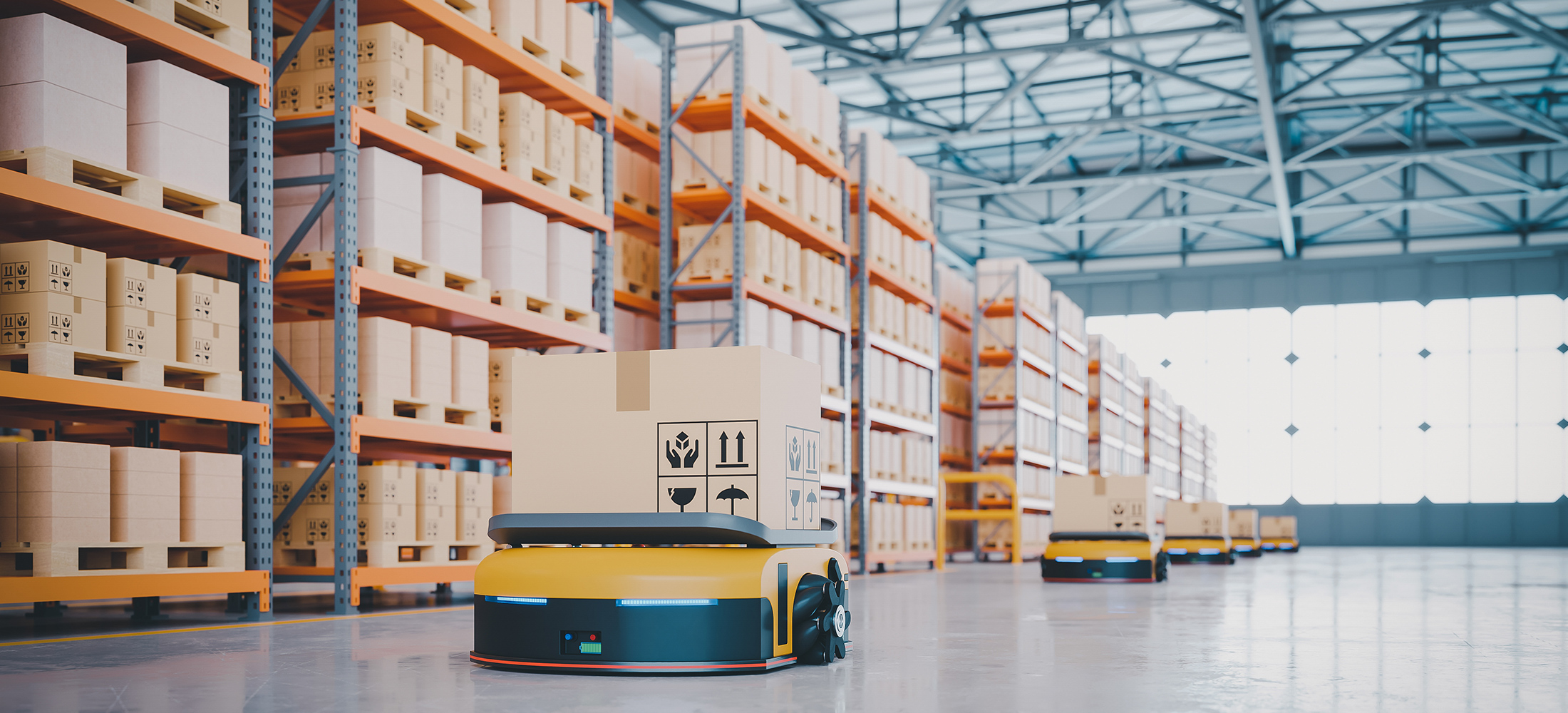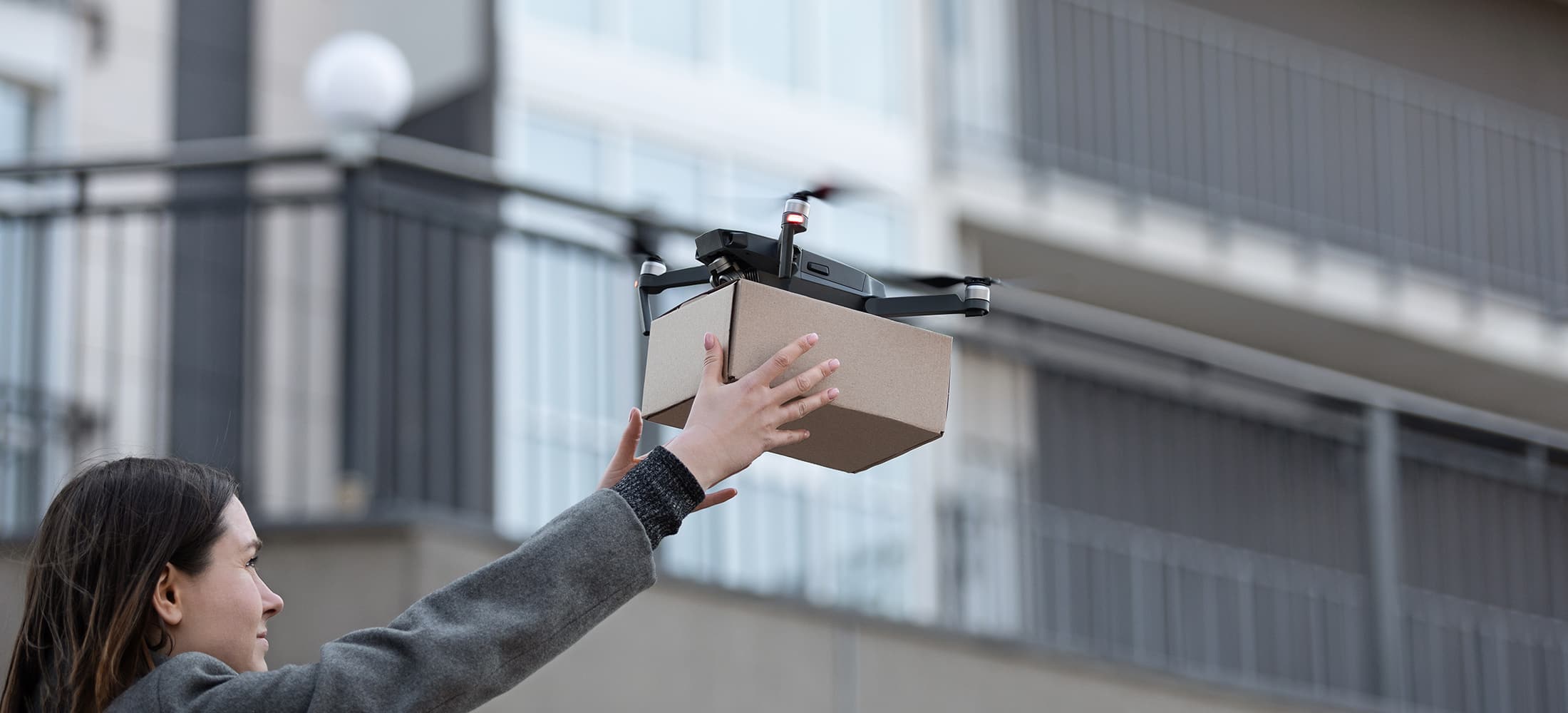Whilst speaking at Containing COVID-19: Containerisation’s role in global vaccine distribution, the panel explained that countries and companies will be looking to cut the delivery costs of vaccines and the pressure will fall to ocean freight.
“We don’t have endless supplies of money and this is something governments need to be careful on. The target price for vaccines is $3-5 per dose and transportation costs can be up to 30 or 40%,” said Michael Culme-Seymour, VP and Managing Director at APAC Roambee.
Whilst some of the COVID vaccines require to be kept at temperatures that readily available containers cannot maintain, transportation in standard refrigerated units is an option. The main limitations that holdback vaccine transportation going over to ocean freight were reliability and visibility.
PSA International’s Vice President of Cargo Solutions, Siddharth Adya commented that data sharing and flow will be key for the handling of containers of vaccine shipments.
“If data can be shared pre-arrival, the terminal…can plan ahead to ensure adequate resources to allow for a minimal time lag from vessel berth to the point the box is discharged and outdated. Further, with access to information, hand-offs across different modes can be pre-planned.”
The data required by pharmaceutical companies for vaccine shipments will be granular, explained Culme-Seymour, it will be almost to the last vial, with need for visibility on location, temperature, indications of tampering and other environmental data.
Adya and Culme-Seymour both envisaged the adoption of sea freight transport for vaccines as a natural progression; however, Culme-Seymour warns that the industry will need to demonstrate its capabilities. Confidence in the industry is important and events like the Suez Canal and the queues of ships outside Los Angeles do not build confidence, said Culme-Seymour. He added that the sooner test lanes can be set up for COVID vaccine transport by sea the better.
AP Moller-Maersk’s Global Head of Pharmaceuticals, Hristo Petkov emphasised on the significant work that is still needed to be done in order to get the entire global population vaccinated and that the maritime sector will play its part. Insulin and other medication that requires to be kept at low temperatures are already transported by ocean freight. “When we look at the COVID vaccine, will it move by ocean? Eventually. Do we know exactly when? That is a little harder to estimate,” Petkov said.
The Director of the Global Ocean Freight Life Science Center at DHL Global Forwarding, Sebastian Steinmüller, said that the transition from air to sea freight will take much longer than weeks or even months due to quality assurance processes that need to be put in place. Once the supply chains were established, shipping vaccines via containers would pose a great opportunity. This comment came off the back of a recent trial with a customer where 5 million doses of the vaccine fit into a single container.
Petkov admitted that the container sector had been battling with schedule reliability challenges over recent years and that whilst Maersk was ahead in their reliability performance the figures were not something to be proud of. The company have a new multi-year strategy for improving reliability with part of this being to engage in customer partnerships to improve forward visibility on demand levels. The panel all agreed that partnerships and cooperation were the key to marked progress.
The availability of containers has been an issue during the global pandemic, including reefer containers which Petkov identified as a hurdle. Steinmüller responded however that the demand for reefer containers would minimise once it was recognised how many vaccines can fit in a single container.
Petkov explained that vaccines were a priority not just for the obvious humanitarian benefits but as a means of re-opening trade and having less of an impact on carbon emissions and lower costs.









